Griffon vulture numbers are gradually increasing in the Central Apennines. The local rewilding team are now working hard to support the recovery of this iconic and ecologically important species.
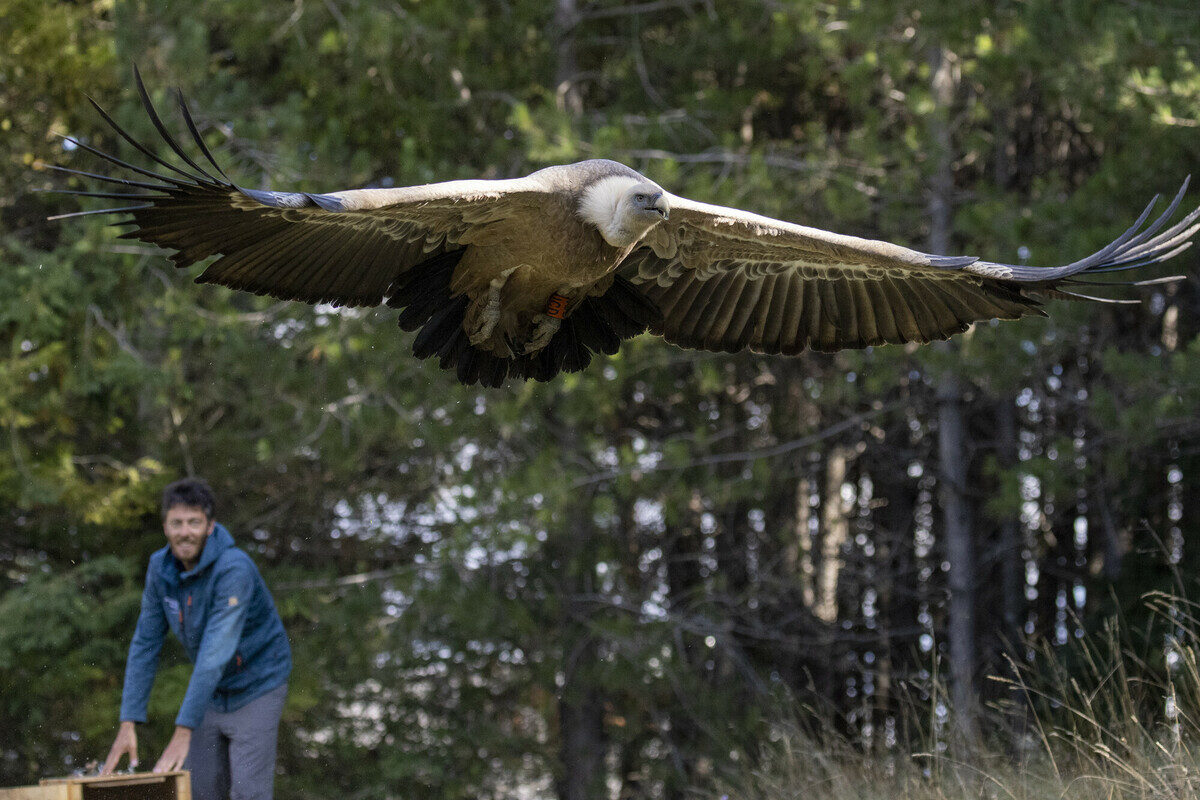
Encouraging growth
Rewilding can create favourable conditions for the comeback of wildlife species – this is by far the most important tool for wildlife recovery in Rewilding Europe’s rewilding landscapes. In the Central Apennines of Italy, the Rewilding Apennines team are currently employing a range of measures to support the area’s recovering griffon vulture population, and have been encouraged by the positive nature of recent results.
As with all vulture species, griffon vultures play a key role in nature by recycling carcasses, and are an iconic and ecologically important part of the Apennine landscape. Having been reintroduced to the Central Apennines 30 years ago, the breeding population of this majestic scavenger is now slowly rising, with around 300 individuals divided between four main sites. This year, 72 breeding pairs of birds were counted across these sites, up from 64 the year before.
“The fact that the number of breeding pairs is increasing is very good news,” says Rewilding Apennines Vulture Field Officer Nicolò Borgianni. “There is plenty of space and food for the population to grow, so hopefully this upward trend will continue. A lot of challenges still remain, so we need to keep working hard to monitor the birds and support their recovery.”
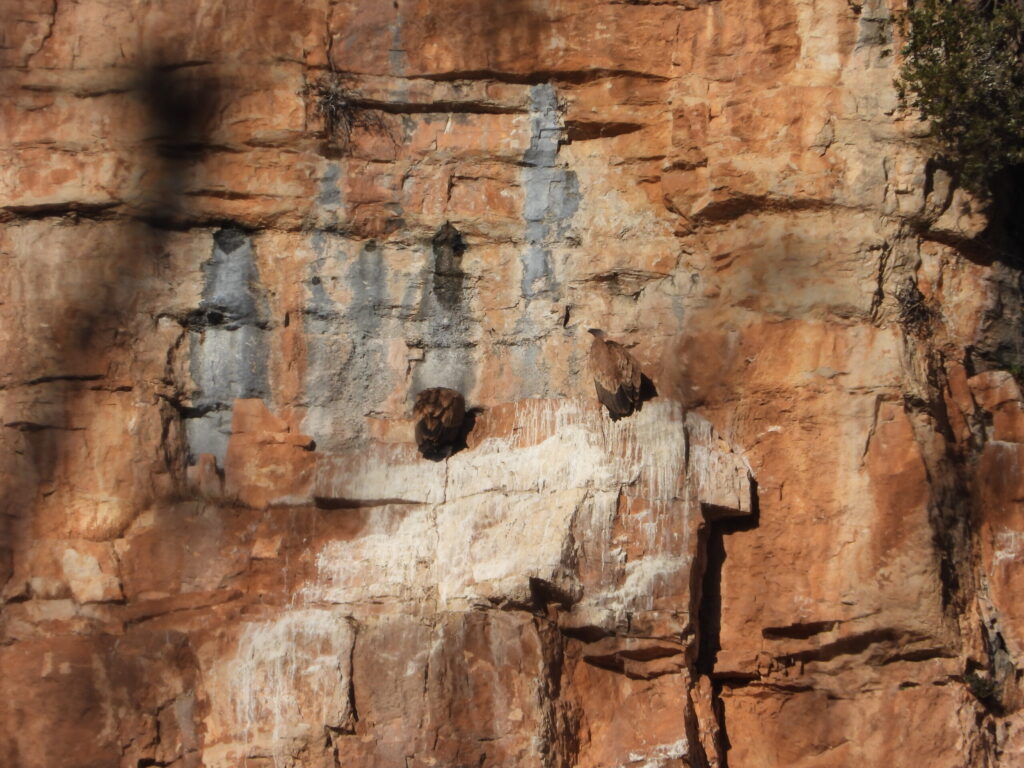
Ongoing challenges
Although the griffon vulture population in the Central Apennines is gradually recovering, the mortality rate is still fairly high – this is mainly due to anthropogenic factors. The two main challenges are poisoning and collisions with wind turbines and power lines. At least two GPS tagged griffon vultures are thought to have died from poisoning this year, and two more from collisions with turbines.
As soon as the Rewilding Apennines team detect a gathering of vultures from the GPS tracking information – which usually happens at the site of a carcass – they quickly travel to the area to find out what the birds are eating and which species are present (other vultures species, such as Egyptian and cinereous vultures, also frequent the area). These visits are also important to ensure the birds’ safety. People in the Central Apennines, as in many other rural areas in Europe, often leave out poisoned baits to kill feral dogs and wolves, but these can have a devastating impact on vulture populations.
Minimising the threat from wind turbines and power lines is more complex. The first step is to understand the nature of the threat, by monitoring the turbines and power lines close to vulture nesting sites. There are then various measures that can be taken to make these structures safer, such as installing diverters on power lines, although this is expensive. A Norwegian study found that painting one wind turbine blade black reduced bird deaths from collisions by over 70%.
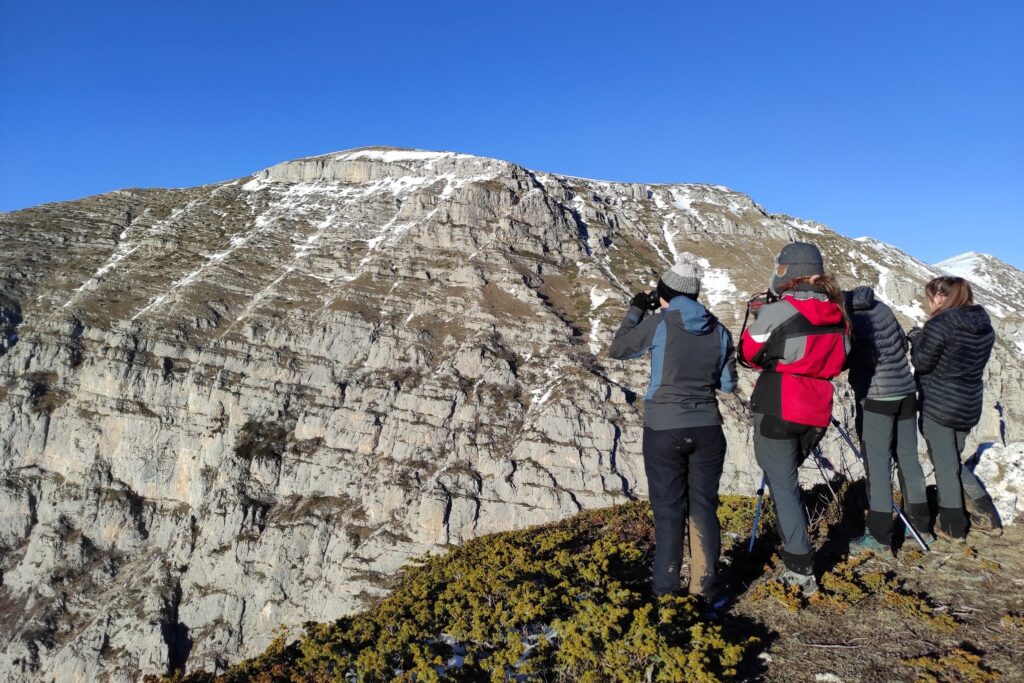
Keeping track
The Rewilding Apennines team have been working to support the griffon vultures of the Central Apennines since late 2020, as part of efforts to support wildlife comeback and the development of a wilder, more functional landscape. These efforts have been helped grants from Fondation Ensemble and the European Outdoor Conservation Association(EOCA).
GPS tags play an instrumental role in the support provided by the Rewilding Apennines team. Working together with the Carabinieri Forestali, the team have tagged 34 griffon vultures since 2021, with more set to be tagged in the coming weeks (the aim is to increase this number to 45 by the end of 2023). The data collected from the transmitters – together with monitoring by camera traps and direct observation – will give the rewilding team a better understanding of the movement and behaviour of the birds, enabling more informed decisions to be made about their conservation.
In August, two young griffon vultures were found on the ground near the Monte Arunzo nesting site, close to the village of Petrella Liri. The birds were taken care of, monitored, and fed in the acclimatisation aviaries of the Monte Velino Nature Reserve, before being released. The Rewilding Apennines team are keeping track of the birds and thankfully they appear to be fine.
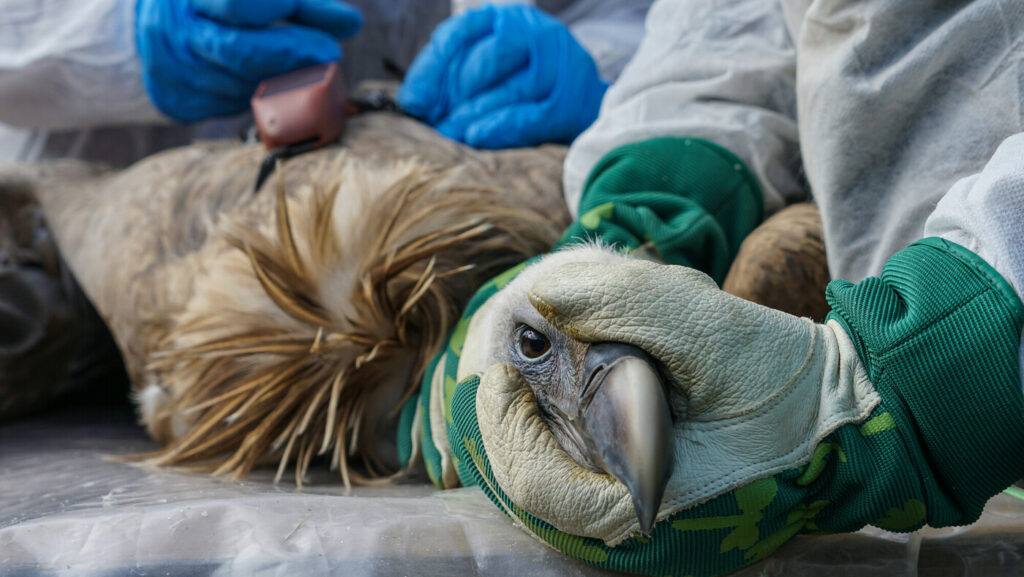
Community outreach
The understanding and support of Central Apennine communities is essential if local vulture populations are to continue growing. The Rewilding Apennines team have already organised two vulture-focused community events this year – in Ortona dei Marsi and Pettorano sul Gizio – and a third event is planned in Petrella Liri in the autumn. This will include a rubbish clean-up and the installation of information panels about griffon vultures, with a particular focus on local climbers (who have the potential to disturb nesting sites). An educational programme in local schools will kick off in 2023.
“It’s good to connect with people in the area who are already enthusiastic about vulture conservation,” says Nicolò Borgianni. “But we also want to reach out to those who don’t know much about the birds, such as young people and farmers. Schoolchildren are the future of vulture conservation, while many farmers are unaware of the impact that their activities could have on the birds.”
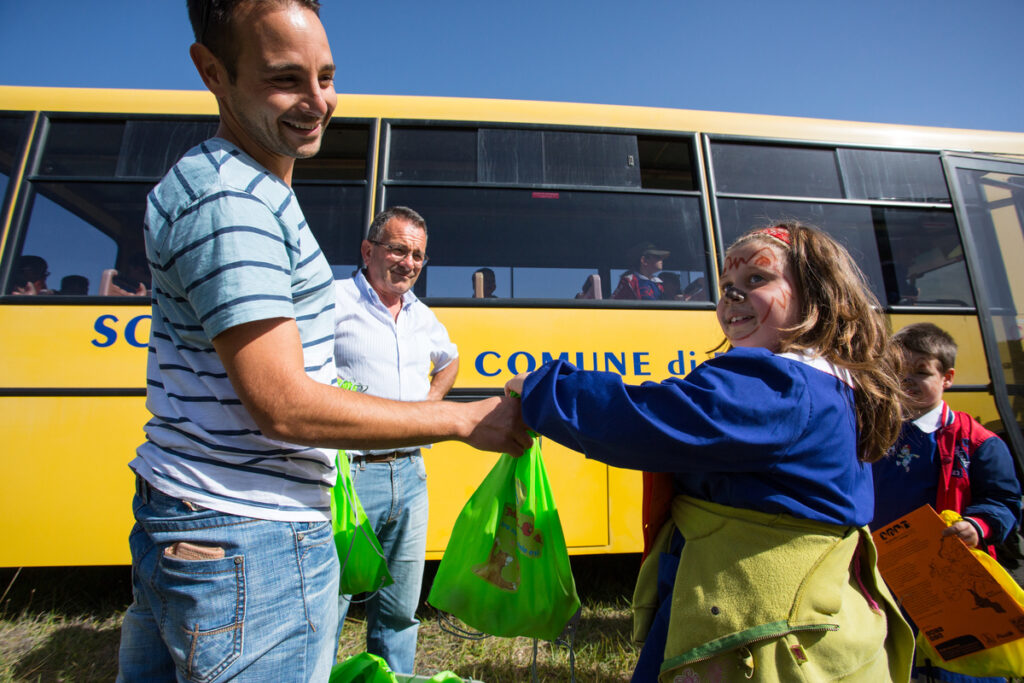
Further support measures
The Rewilding Apennines team are also working hard to set up two artificial vulture feeding stations (so-called “vulture restaurants”). The aim is to attract at least 250 vultures a year, as well as other vulture species, such as Egyptian and cinereous vultures. The team are currently waiting for the relevant permits and hope to open the first station in 2023.
Vulture restaurants are no substitute for naturally occurring carcasses but are a useful vulture population support measure while the availability of such carcasses remains limited. They also allow farmers to dispose of livestock that has died in an environmentally friendly way. Over the last decade, monitoring has shown griffon vultures in the Central Apennines feeding predominantly on livestock carcasses (mostly horses and cows), although carcasses of wild herbivores are gradually making up more of their diet. Increasing the availability of natural food for scavengers such as vultures helps to close the circle of life and complements other measures to safeguard and enhance vulture populations.
